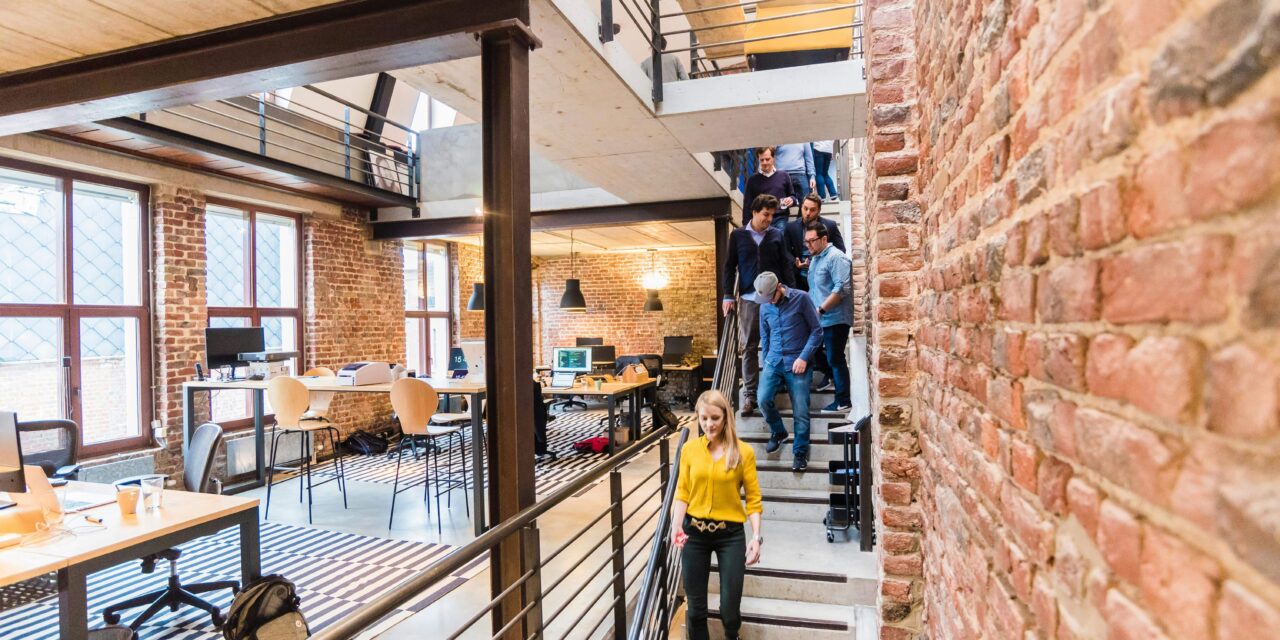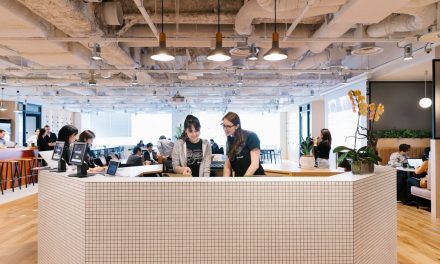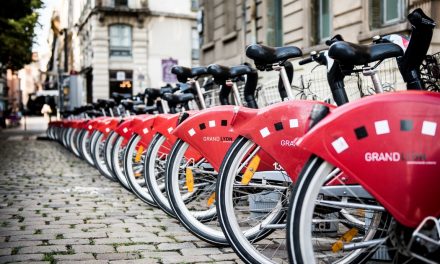In a world where borders blur with each Zoom call, one thing is clear: working globally doesn’t automatically mean understanding globally. Cultural nuances, language barriers, and different kinds of communication rituals still sneak into our daily interactions.
That’s where localized coworking spaces step in, offering more than just a desk and Wi-Fi. They create an environment that not only accepts diversity but actively weaves it into the fabric of work life.
Coworking spaces have exploded over the last decade, but the next wave isn’t about square footage or free coffee. It’s about understanding and adapting to cultural specificity. Whether it’s an expat adjusting to Tokyo’s intricate business etiquette or a remote worker grappling with cultural misinterpretations in Buenos Aires, localized coworking spaces provide the knowledge, tools and community to bridge those gaps.
Why Cultural Localization Matters in Coworking
Global teams are thriving and it isn’t by accident. They require intentional environments where trust, communication, and respect grow naturally. Localization takes coworking from a generic shared office to a vibrant, culturally intelligent hub.
Imagine stepping into a coworking space in Dubai and immediately sensing the importance of respect, hospitality, and formality. Or working in a Berlin hub that values direct communication and autonomy. With this in mind, localized coworking spaces tap into these expectations, creating smoother transitions for professionals from different backgrounds.
Localization isn’t just about translation. It’s about:
– Designing spaces that reflect local aesthetics and customs.
– Curating events that educate and celebrate cultural practices.
– Offering mentorship programs to navigate regional business norms.
This approach not only bridges cultural gaps but builds an authentic community where people don’t have to strip away parts of themselves to fit in.

Community as a Catalyst for Cultural Understanding
At the heart of coworking is community. Localized coworking takes this concept further by engineering community experiences that foster cross-cultural exchange, whether it’s through an entire Webflow site, a brochure or a short announcement. When done right, the space becomes a living laboratory for cultural empathy.
Daily interactions — sharing a café table, attending a lunch-and-learn, collaborating on a project — naturally chip away at stereotypes. A member from Sweden might discover that the Brazilian way of small talk before a meeting isn’t a waste of time but a crucial trust-building ritual. A South Korean entrepreneur might realize that Westerners’ love for brainstorming sessions doesn’t undermine hierarchy but invites innovation.
Through subtle exposure and structured activities, localized coworking spaces create hundreds of micro-moments that build cultural agility, which is an essential skill in today’s workforce.
Space Design: More Than Decor
Cultural localization extends into the very walls around you. Design choices influence behavior, collaboration, and comfort in powerful ways.
In collectivist societies, open-plan layouts with plenty of communal areas encourage the expected collaboration. In more individualistic cultures, offering private booths and quiet zones shows respect for personal space.
Lighting, color schemes, and even seating arrangements can signal inclusion or alienation. Localized coworking operators consult anthropologists, sociologists, and local artisans to ensure the space feels intuitively welcoming.
This subtle respect for cultural habits, like providing spaces for prayer, celebrating local holidays, or understanding acceptable noise levels, transforms a coworking office into a cultural bridge.
Programming that Speaks to the Heart
Localized coworking spaces don’t just host yoga classes and networking nights. Their programming becomes a deep, strategic effort to promote cultural intelligence.
Workshops on intercultural communication, local business etiquette, and storytelling from diverse member backgrounds are crucial. Some spaces offer “cultural onboarding” sessions for new members to quickly understand local customs and work styles.
Guest speakers, cooking classes, language exchanges, and celebration of global holidays serve dual purposes: education and community bonding. These events break down cultural barriers while making members feel seen and valued.
The best localized coworking spaces offer a rhythm of activities that both educate and entertain, creating a community that attracts global citizens eager to expand their horizons.
Localized Support Networks
Adjusting to a new culture professionally is hard enough; personally, it can be even tougher. Localized coworking spaces often double as soft landing pads for newcomers.
From partnerships with relocation specialists to mental health workshops focused on culture shock, the best spaces understand that supporting the whole person is non-negotiable. Informal peer support groups also emerge naturally when people share more than a LinkedIn profile — they share the challenges of finding their place in a new society.
Such networks become invaluable lifelines. They help individuals thrive rather than just survive, leading to better retention rates, higher job satisfaction, and, ultimately, stronger local economies.
The Economic Ripple Effect
When localized coworking spaces succeed, so do their communities. They attract diverse talent, stimulate local businesses, and contribute to the vibrancy of urban centers.
Workers who feel welcomed and understood are more likely to put down roots. They invest emotionally and financially in their new homes, boosting local service industries, housing markets, and even launching new businesses. The result? Coworking spaces become incubators not just for startups, but for cultural and economic vitality.
Cities that recognize the power of culturally adaptive coworking can brand themselves as hubs for international talent, reaping long-term rewards far beyond tourism and traditional commerce.

Challenges and the Future of Localized Coworking
Of course, localization isn’t without its challenges. Missteps can feel tokenistic if not handled authentically. Striking the balance between local customs and global inclusivity demands constant sensitivity and feedback loops.
As coworking evolves, spaces must remain flexible. What resonates with today’s international community might shift tomorrow. Continuous learning, member feedback, and collaboration with local cultural experts will be crucial.
Emerging technologies like AI-driven personalization could soon help coworking spaces tailor experiences at an even more granular level, adjusting communication styles, resource recommendations, and networking opportunities based on individual cultural profiles.
The future of coworking isn’t simply shared office space; it’s shared understanding.
Conclusion
In an era obsessed with remote work and global connectivity, it’s easy to forget that humans aren’t plug-and-play devices. We carry rich, complicated cultural tapestries into every Zoom call and coworking desk we occupy.
Localized coworking spaces don’t erase these differences; they celebrate them. They create ecosystems where cultural diversity isn’t just tolerated, but seen as a catalyst for innovation, trust, and deeper human connection. As the global workforce grows more intertwined, the real differentiator won’t be who has the fastest Wi-Fi; it will be who creates the deepest sense of belonging.









